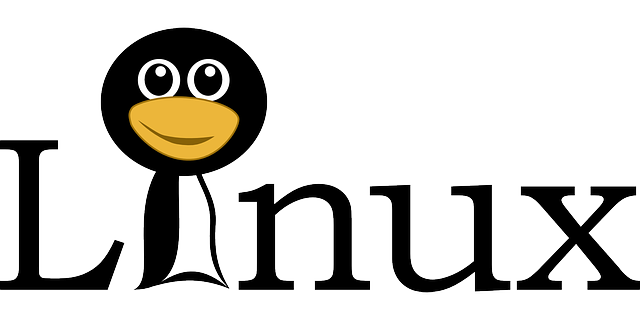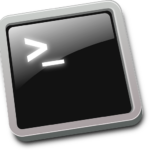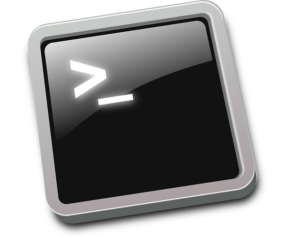TrueNAS harnesses Python's scripting power to automate and optimize storage management tasks on FreeBSD, allowing users to execute complex operations with clear, efficient code. The platform's Python API offers direct access to file systems and hardware components for the development of custom scripts, enhancing system reliability by autonomously monitoring device health, performing backups, and updating systems. Bash scripting is also a key feature for automating TrueNAS tasks, with its command-line interface and scripting language enabling users to leverage ZFS file system features like `zpool` and `zfs`. Administrators can craft Bash scripts for scheduling critical functions such as backups, disk health checks, and network configuration, which are executed as cron jobs. These scripts benefit from Bash's array and control flow logic handling, providing responsive real-time management of large datasets. PowerShell integration further extends TrueNAS capabilities by offering a suite of cmdlets for managing volumes, user accounts, and administrative functions, streamlining tasks and enhancing productivity with consistent automation workflows. This comprehensive scripting support in TrueNAS empowers administrators to allocate resources more effectively, focusing on strategic development within the platform's ecosystem, thereby promoting operational excellence.
TrueNAS users can harness the full potential of their systems with advanced automation, leveraging powerful scripting languages to optimize performance and efficiency. This article delves into the mastery of Python Scripting on TrueNAS, offering insights for sophisticated automation tasks. Additionally, it provides expert tips and tricks for those looking to elevate their TrueNAS automation capabilities using Bash. Furthermore, the integration of PowerShell within TrueNAS is explored, revealing how this combination can streamline your workflow for a seamless automation experience. Whether you’re new to scripting or an experienced developer, these sections will equip you with the knowledge to navigate and enhance TrueNAS automation effectively.
- Leveraging Python Scripting on TrueNAS for Advanced Automation
- Mastering TrueNAS Automation with Bash: Tips and Tricks
- Exploring PowerShell Integration in TrueNAS: Streamlining Your Automation Workflow
Leveraging Python Scripting on TrueNAS for Advanced Automation

Python’s versatility and ease of use make it an excellent choice for scripting within TrueNAS, a robust and scalable storage solution. TrueNAS, built on FreeBSD, offers a comprehensive environment for automating tasks, from file system management to system maintenance. By utilizing Python scripts, users can automate complex operations with clear, concise code, taking full advantage of TrueNAS’s capabilities. The integration of Python within TrueNAS allows for the creation of customized workflows that can handle large-scale data storage needs efficiently. For instance, one can write a Python script to monitor and manage the health of attached storage devices, automatically triggering backups or performing system updates as needed. This level of automation not only enhances system reliability but also frees up valuable time for system administrators to focus on more strategic tasks. The TrueNAS Python API provides seamless access to the underlying file systems and hardware, enabling script developers to interact with the TrueNAS platform programmatically. As a result, Python scripting in TrueNAS is not just about simplifying repetitive tasks; it’s about harnessing the power of automation to maintain a high-performance data storage environment.
Mastering TrueNAS Automation with Bash: Tips and Tricks

When it comes to managing and automating tasks on a TrueNAS system, Bash scripting stands out as a powerful tool in any administrator’s arsenal. TrueNAS, with its robust file system management and storage capabilities, can be significantly enhanced by the versatility of Bash scripts. To effectively master TrueNAS automation with Bash, one must first familiarize themselves with the TrueNAS command-line interface (CLI) and the Bash scripting language. Understanding the syntax and functions unique to TrueNAS’s ZFS file system, such as `zpool`, `zfs`, and other related commands, is crucial for performing complex operations that are beyond the scope of manual execution.
For instance, automating backups, monitoring disk health, and configuring network settings can be streamlined with Bash scripts tailored to TrueNAS’s environment. Scripts can be set up to run at specific intervals using cron jobs, ensuring routine tasks like system updates or data synchronization are executed consistently. Additionally, leveraging Bash’s ability to handle arrays and control flow logic allows for the processing of large datasets stored on TrueNAS with ease. By incorporating Bash functions and utilities such as `for` loops, `case` statements, and `if` conditions, administrators can craft efficient scripts that respond to system events dynamically. These tips and tricks, when applied thoughtfully, can significantly improve the management and efficiency of TrueNAS systems through automation. It’s recommended to test scripts in a controlled environment before deploying them in a production setting to ensure they perform as intended. With practice and attention to detail, users will find that Bash scripting is an indispensable skill for maintaining and optimizing their TrueNAS infrastructure.
Exploring PowerShell Integration in TrueNAS: Streamlining Your Automation Workflow

PowerShell, a task automation and configuration management framework from Microsoft, has become an indispensable tool for system administrators. Its robust scripting capabilities are particularly beneficial when integrated with TrueNAS, a versatile network-attached storage solution. This integration allows users to harness the power of PowerShell within TrueNAS environments, enabling efficient automation of repetitive tasks and complex workflows. The ability to interact directly with TrueNAS Core through PowerShell cmdlets significantly enhances system management, from configuring volumes to managing user accounts, all without leaving the command-line interface that TrueNAS provides. This synergy not only saves time but also ensures consistency across various administrative tasks, thereby streamlining the overall automation workflow for IT professionals.
Furthermore, leveraging PowerShell within TrueNAS offers a seamless experience for those familiar with scripting in this environment. The integration provides access to a vast array of cmdlets that can be used to extend functionality and create sophisticated scripts tailored to specific needs. These scripts can automate the setup of storage pools, handle backup schedules, and even integrate with other systems for data synchronization or monitoring. By simplifying the process of managing TrueNAS through scripting, administrators can focus on strategic tasks that add value to their organization, making PowerShell a powerful ally in the pursuit of operational excellence within TrueNAS ecosystems.
TrueNAS emerges as a robust platform for harnessing the full potential of scripting languages like Python and Bash, alongside the integration of PowerShell. Users can elevate their automation capabilities by leveraging these tools to streamline operations, enhance efficiency, and maintain a high level of system management. This article has explored various facets of TrueNAS automation, providing readers with actionable insights to master their TrueNAS environments through scripting. Whether it’s Python’s versatility, Bash’s command-line prowess, or PowerShell’s system administration features, TrueNAS users are well-equipped to optimize their workflows. By adopting the strategies and tips outlined herein, professionals can significantly reduce manual tasks and ensure smoother, more secure data management operations.


























